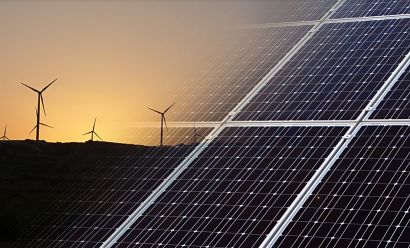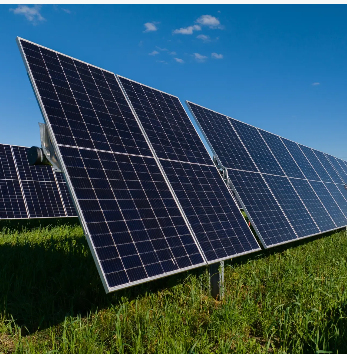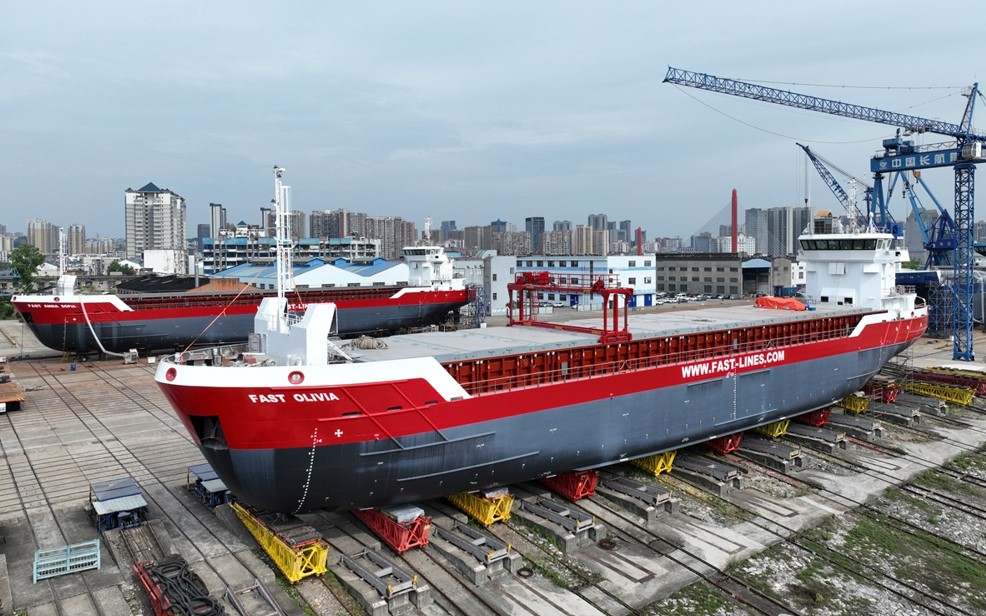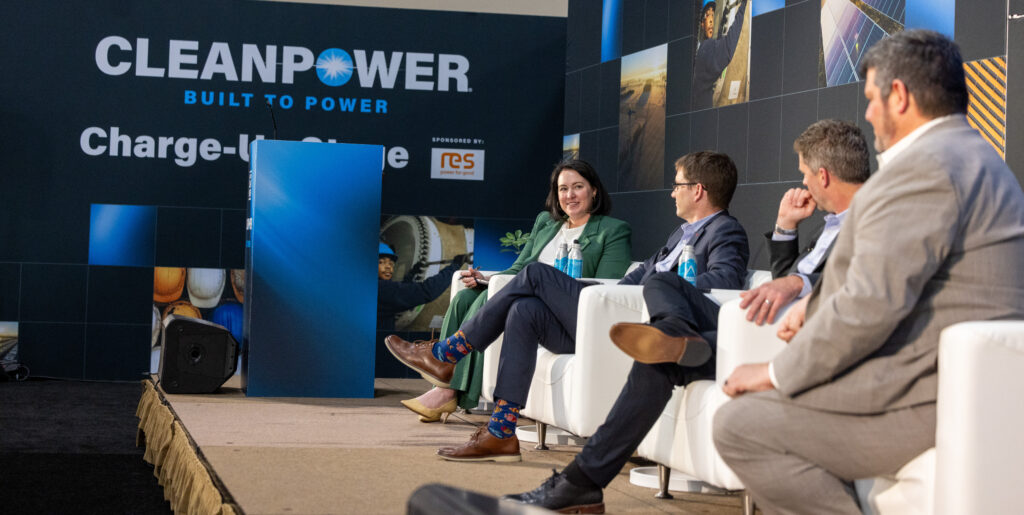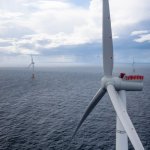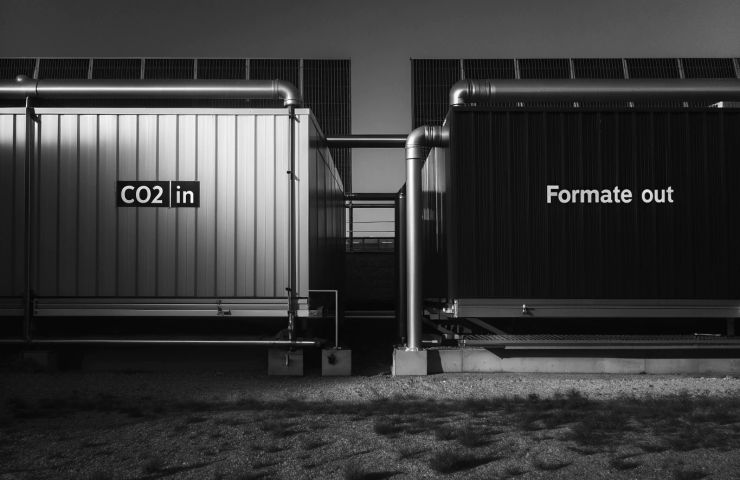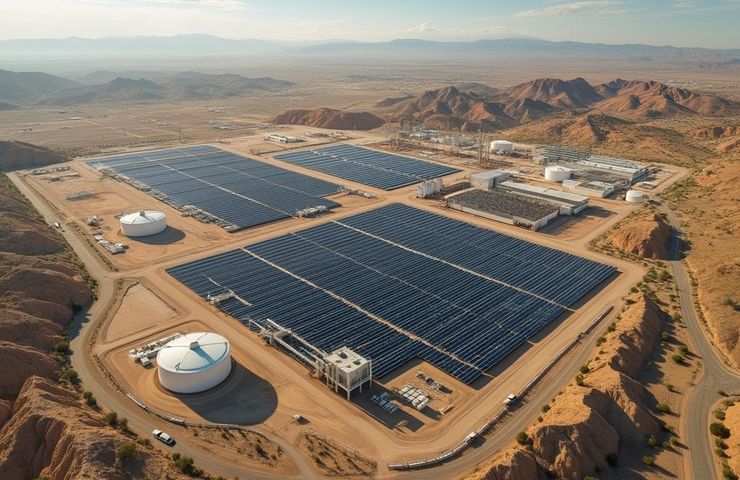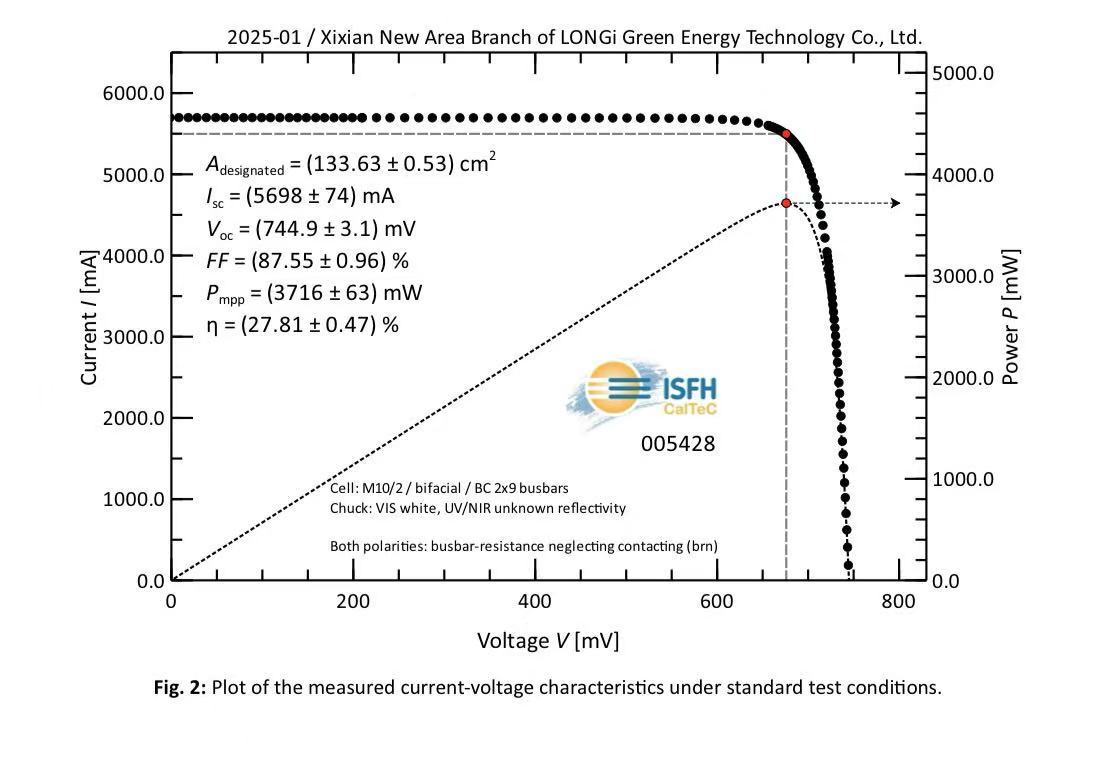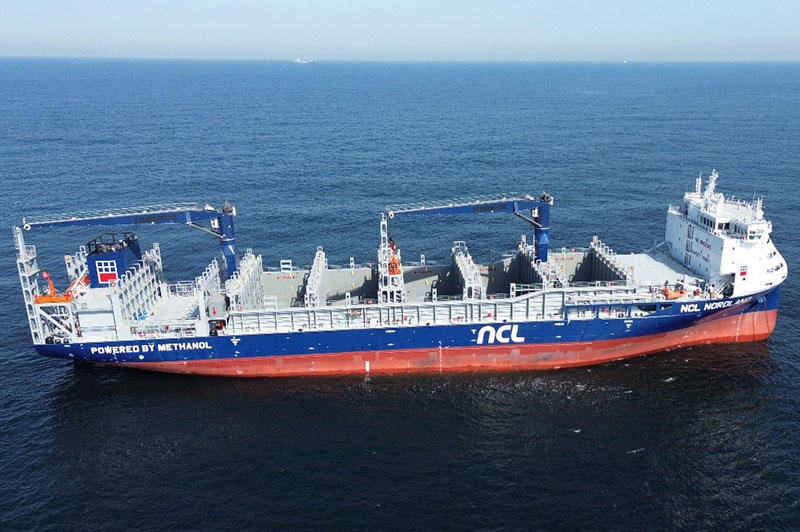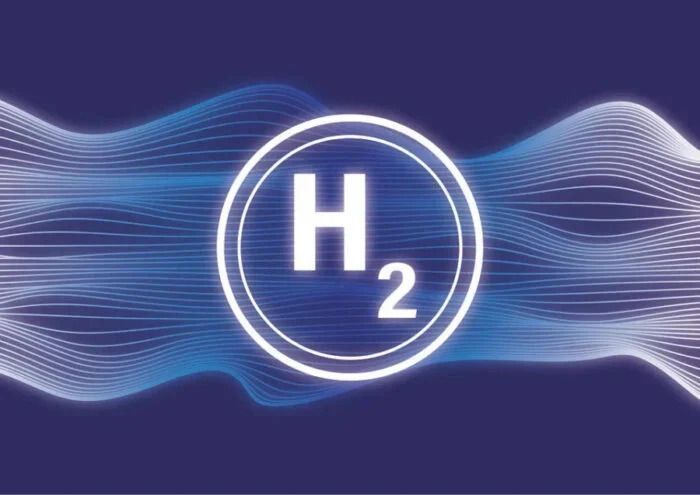AE Solar and Fraunhofer CSP develop solar module optimized for partial shading
The work is being carried out as part of the "SegmentPV" project, which runs until the end of September. By segmenting the module layout and using integrated bypass diodes, the new module achieves higher yields and a lower risk of hot spots.

The work is being carried out as part of the "SegmentPV" project, which runs until the end of September. By segmenting the module layout and using integrated bypass diodes, the new module achieves higher yields and a lower risk of hot spots.
From pv magazine Germany
Partial shading on rooftop PV systems is not uncommon. However, it poses particular challenges for modules as even 5% shading on the panel's surface can lead to a total loss of performance, according to the Fraunhofer Center for Silicon Photovoltaics CSP.
As part of the SegmentPV research project, which runs until September, Fraunhofer researchers working with German photovoltaic manufacturer AE Solar have therefore developed a solar module optimized for partial shading.
Unfavorable shading can lead to overheating of an area of a solar module. These hotspots, in turn, impair reliability and can cause increased aging of the polymers used in the solar cells' encapsulation materials. To prevent this, the researchers and AE Solar developed a modified hot-spot-free (HSF) module. Segmented module layouts and the use of integrated bypass diodes result in higher energy yields and a lower risk of hot spots. The module is intended to ensure the reliability of the photovoltaic system, especially on partially shaded roofs.
The researchers at Fraunhofer CSP focused on the characterization and evaluation of solar cells and integrated diodes. They investigated various technologies such as PERC, TOPCON and heterojunction with regard to their reverse breakdown behavior under illumination. The temperature-dependent behavior of the integrated active and passive bypass diodes was also tested to identify optimal bypass diodes for the intended application, which would result in the lowest possible losses and thus also withstand temperature developments. Based on the Fraunhofer researchers' findings, AE Solar then created various layouts for segmenting the module area and developed new module designs.
Some of these were then manufactured as prototypes for further investigations. They were subjected to extensive testing to ensure the reliability of the modules. According to Fraunhofer CSP, this included continuous stress tests with thermomechanical stress cycles and shading tests in the laboratory. The initial results were positive. The long-term reliability studies are expected to be completed by the end of the project. AE Solar then aims to bring the new generation of hot-spot-free modules to market as quickly as possible.
What's Your Reaction?

















